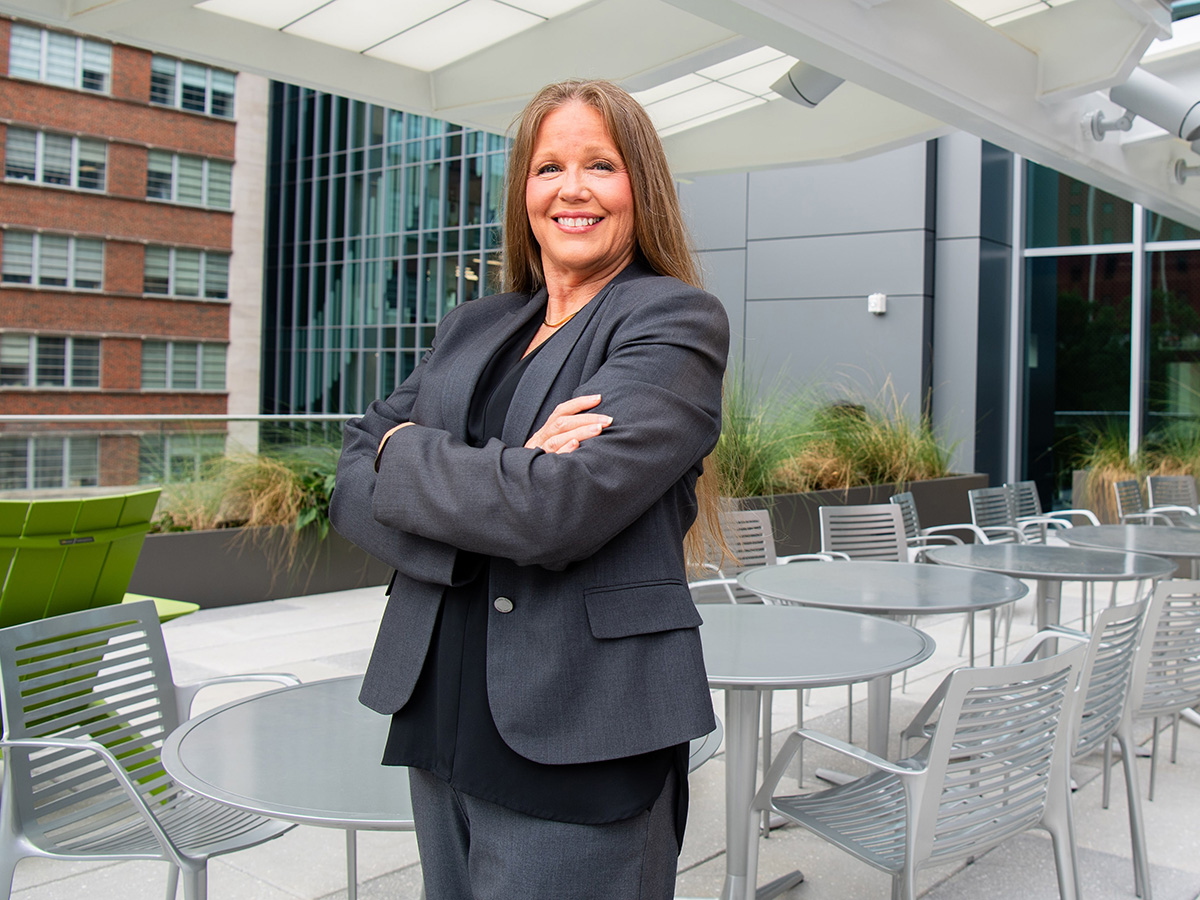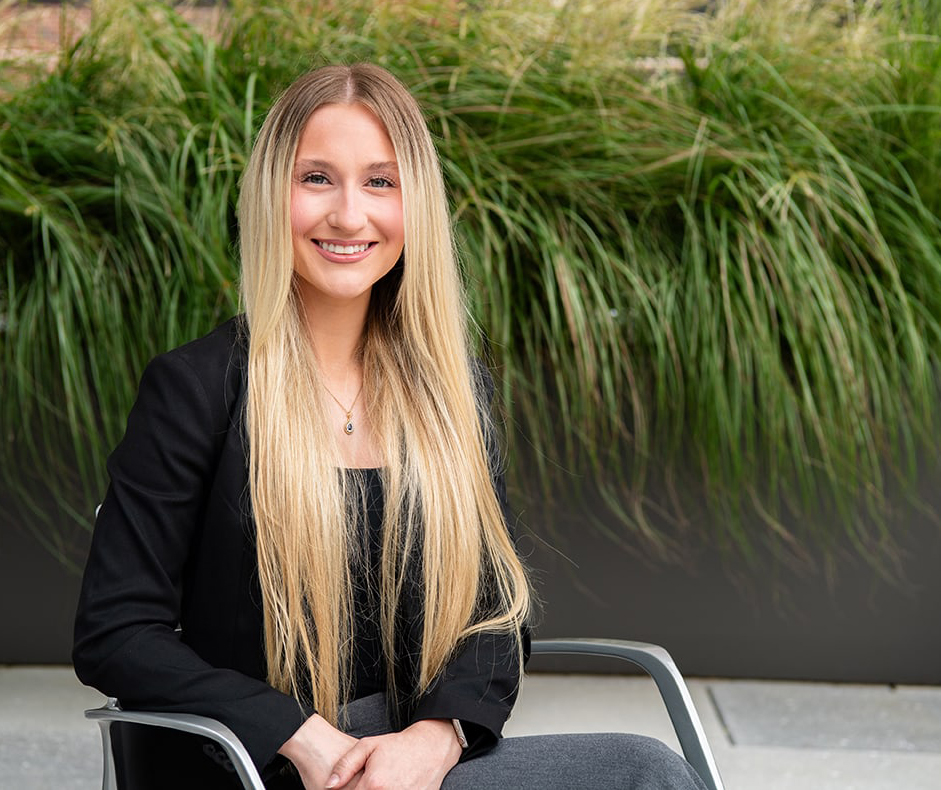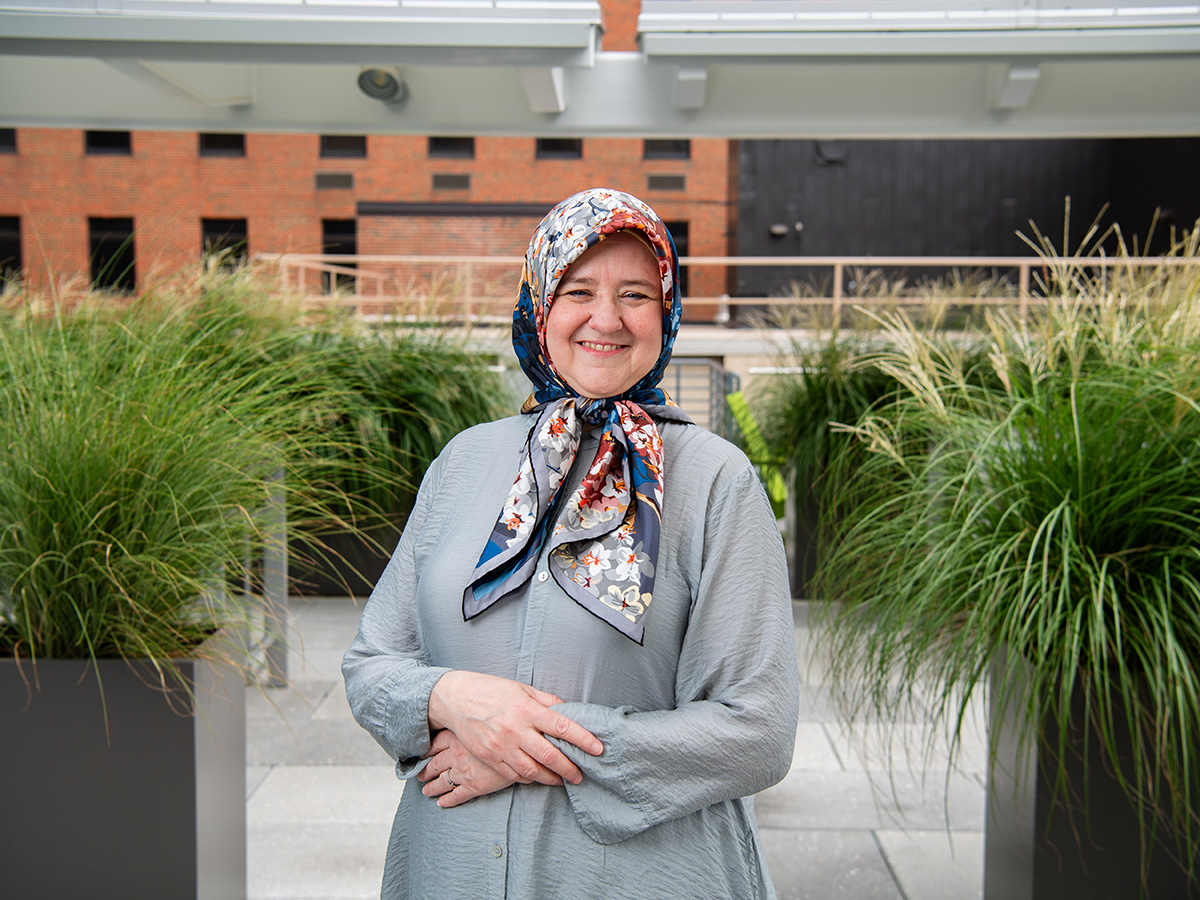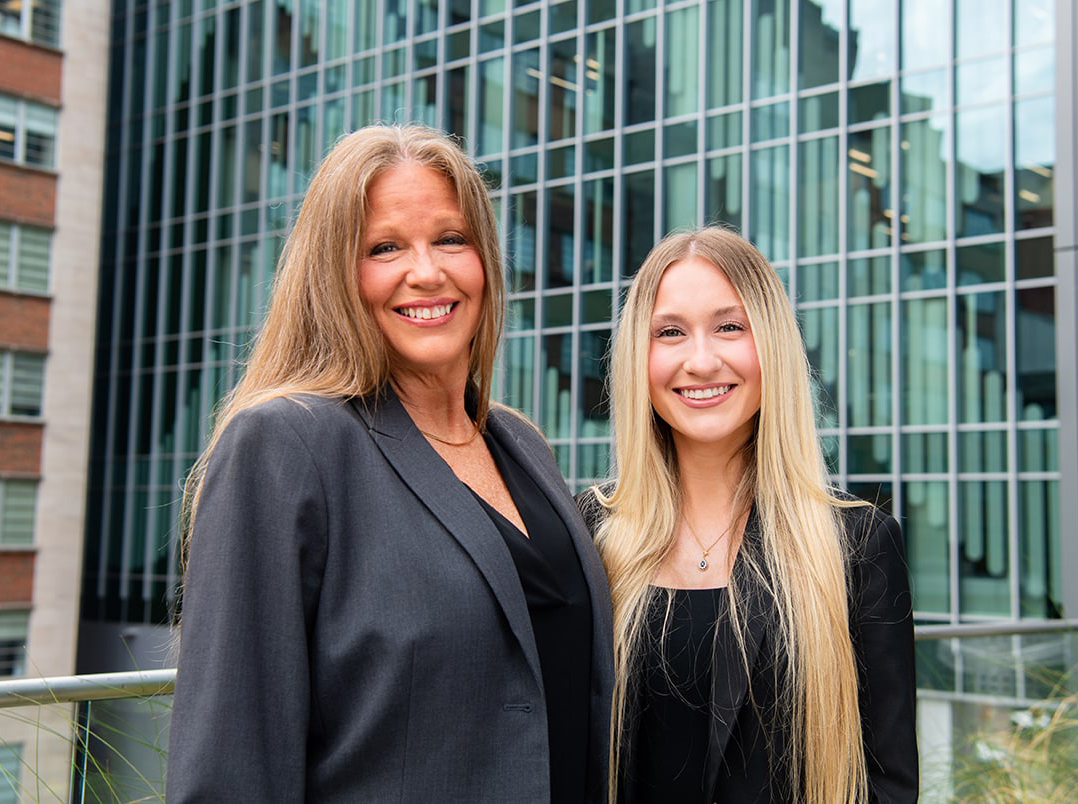 Laurie Tunagur, Julie Schifanella and Sophia Schifanella Artificial intelligence can help improve health care, and the University of Alabama at Birmingham is teaching providers how to use it.
Laurie Tunagur, Julie Schifanella and Sophia Schifanella Artificial intelligence can help improve health care, and the University of Alabama at Birmingham is teaching providers how to use it.
Last year, the UAB Marnix E. Heersink School of Medicine launched the Master of Science degree in artificial intelligence in medicine. The first of its kind in the Southeast, the program gives students important foundations in understanding and applying AI, as well as the safety, security and ethics of using AI to improve the health and lives of patients. The curriculum is structured to provide essential technical training for students who complete the AI in Medicine Graduate Certificate.
For Julie Schifanella, 56, learning to use artificial intelligence to better care for patients is a professional motivation — and it is personal. The Birmingham, Alabama, native and her daughter, Sophia Schifanella, 23, both work for a hospitalist unit at UAB Hospital caring for patients. After completing the AI in Medicine certificate coursework, they will graduate Aug. 16. Julie earned her bachelor’s degree in health care management and art studio from UAB. Her family are proud Blazers, with deep connections to the university and hospital, Julie says.
“We have kind of been full circle with UAB Hospital and the University,” Julie said. “My dad was born at Hillman Hospital in 1933. My parents met in the accounting program at UAB. My sister was an Alpha Gamma there. My brother’s medical team is at UAB. My daughter Sophia is a graduate and a former cheerleader at UAB, and my youngest daughter, Jessica, did her high school internship on the cardiovascular surgery stepdown unit at UAB. And my mother passed away at UAB.”
 Julie Schifanella A decade ago, Julie’s mother suddenly became ill. Hospitalized at UAB, it took weeks for doctors to diagnose the cause, a very rare brain virus, that ultimately took her life. Since that time, she has wondered what might have been if doctors had known more, sooner.
Julie Schifanella A decade ago, Julie’s mother suddenly became ill. Hospitalized at UAB, it took weeks for doctors to diagnose the cause, a very rare brain virus, that ultimately took her life. Since that time, she has wondered what might have been if doctors had known more, sooner.
Laurie Tunagur, Julie’s mentor, preceptor and friend, had her in mind when she heard about the AI in Medicine certificate at UAB. Tunagur is an executive assistant to UAB Hospital leadership, and in that role helps support many quality, safety and operational initiatives.
“Seeing how quickly technology was changing health care, I wanted to better understand how AI could support the work my colleagues and I do every day,” Tunagur said.
 Sophia Schifanella Knowing her interests, Tunagur invited Julie to join her in learning. In doing her coursework, Julie was inspired by her mother’s illness and made her project an AI tool for early detection of brain viruses, which she plans to continue working on.
Sophia Schifanella Knowing her interests, Tunagur invited Julie to join her in learning. In doing her coursework, Julie was inspired by her mother’s illness and made her project an AI tool for early detection of brain viruses, which she plans to continue working on.
As is her mother’s, Sophia’s project is rooted in personal experience. She wants to use AI to improve the quality of life for children with autism and their caregivers, and there are many potential benefits to using AI for this population, she says. Sophia, who started out as an observer at age 17 in the 52-bed UAB observation unit where her mom works, trained as a patient care technician, and earned a bachelor’s degree in psychology, graduating from UAB cum laude. With a background in autism care for children and a Registered Behavior Technician certification, she dedicated her AI in Medicine project to her baby cousin with autism.
“Assistive AI tools can support individuals across the autism spectrum with personalized, patient-centered care,” Sophia said. “There is a growing awareness and need for professionals in this field.”
 Laurie Tunagur As demands grow on health care professionals, AI can help in ways such as improving and speeding up processes, automating EHRs, and potentially reducing burnout among medical staff, Julie says.
Laurie Tunagur As demands grow on health care professionals, AI can help in ways such as improving and speeding up processes, automating EHRs, and potentially reducing burnout among medical staff, Julie says.
“What can I do with this technology? A lot of wonderful things, and fast,” Julie said. “For us, I think it is ‘How can we do this better?’ I will always use it. If you are not using AI, you are probably wasting time that you do not have to waste.”
There are many processes, big and small, that could be improved with the help of AI, Tunagur says. But unless medical professionals understand what is possible, and what tools are out there, it is easy to just keep doing things the same old way.
“Everyone working in health care today should consider taking a course like this,” she said. “Health care has changed dramatically in recent years, and we are all feeling the pressure. Learning how AI can help is not just interesting, it’s essential if we want to keep up with the demands being placed on hospitals and care teams.”
 The mother-daughter duo, Julie and Sophia Schifanella Some people worry that AI is going to take their job, Tunagur says.
The mother-daughter duo, Julie and Sophia Schifanella Some people worry that AI is going to take their job, Tunagur says.
“I do not believe that is the real risk,” she said. “AI won’t replace your job, but someone who knows how to use AI better just might. Learning how to work alongside these tools is what will help us stay relevant and effective in the work we do.”
Program Director Sandeep Bodduluri, Ph.D., says they are continually inspired by their students’ commitment to embracing new technologies.
“Laurie, Julie and Sophia show how a familiar understanding of AI tools can truly transform patient care,” Bodduluri said. “Their dedication highlights the power of technology to streamline clinical workflows and improve outcomes. We believe our graduates gain not only the ability to adapt to the evolving landscape of medicine but also the capacity to advance the future of health care itself.
“If you are passionate about driving innovation through artificial intelligence in the medical field, we encourage students to reach out,” he said. Read more at uab.edu/medicine/biomedicalinnovation/education and for more information contact Kelly Powell at